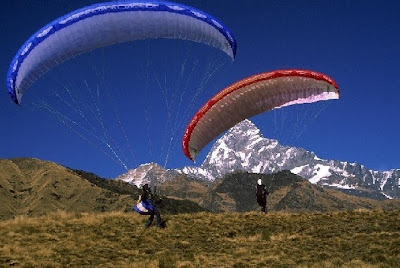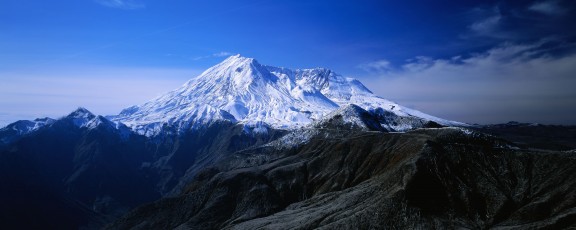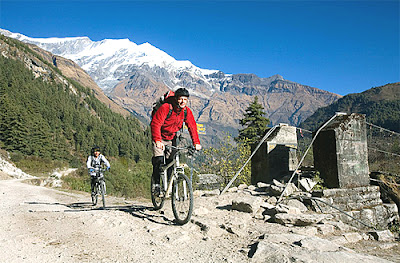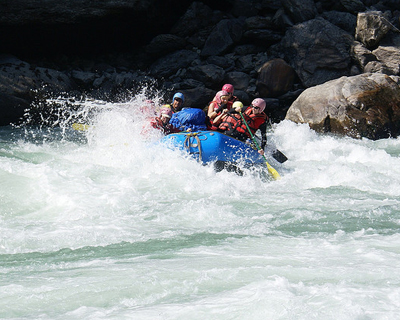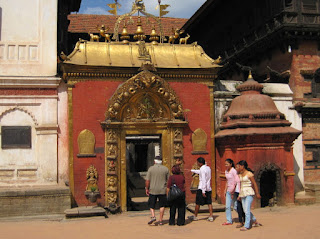
Phewa Lake
The Fewa (or Phewa) the lake is a must for those among the tourist attractions in Pokhara. This beautiful lake is very captivating charm on the outskirts of Pokhara, Kaski district. Pokhara is a city in central Nepal, located approximately 198 km west of Kathmandu. One of the most popular tourist destinations of Nepal, Pokhara is situated in the northwest corner of the Pokhara valley, which is an extension of Seti Gandaki...
